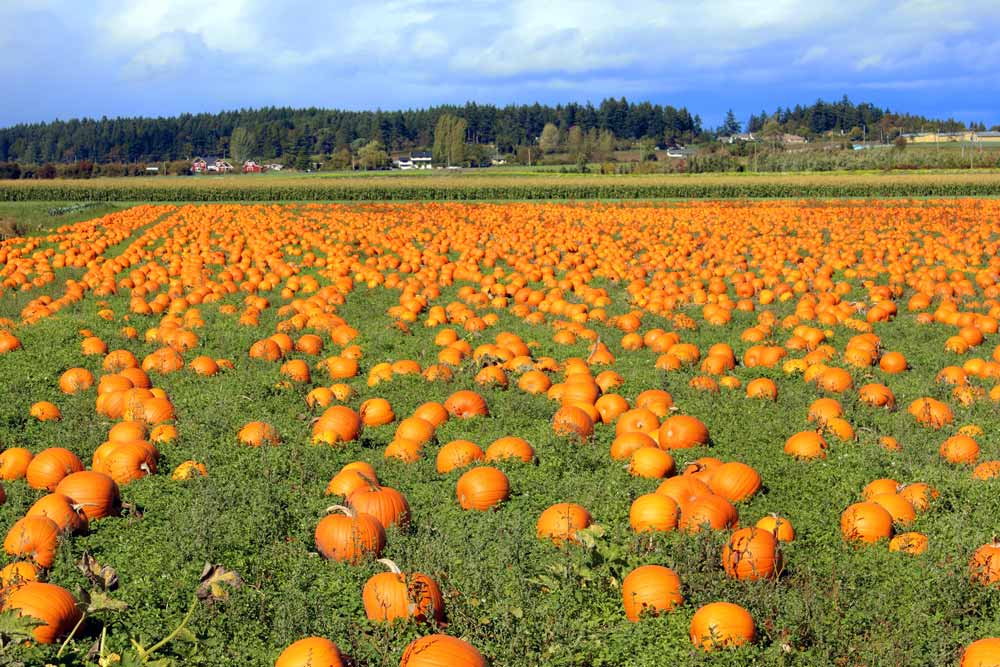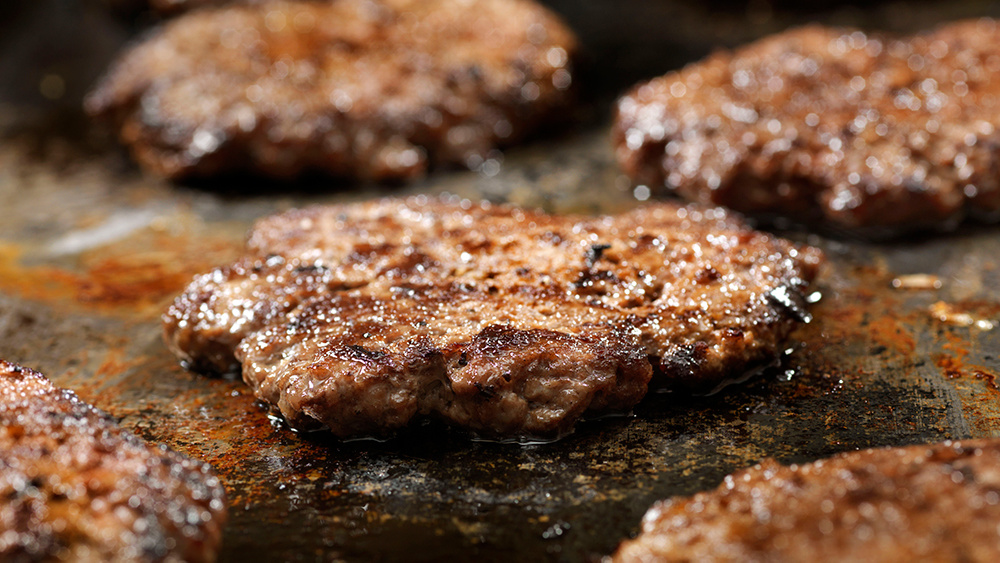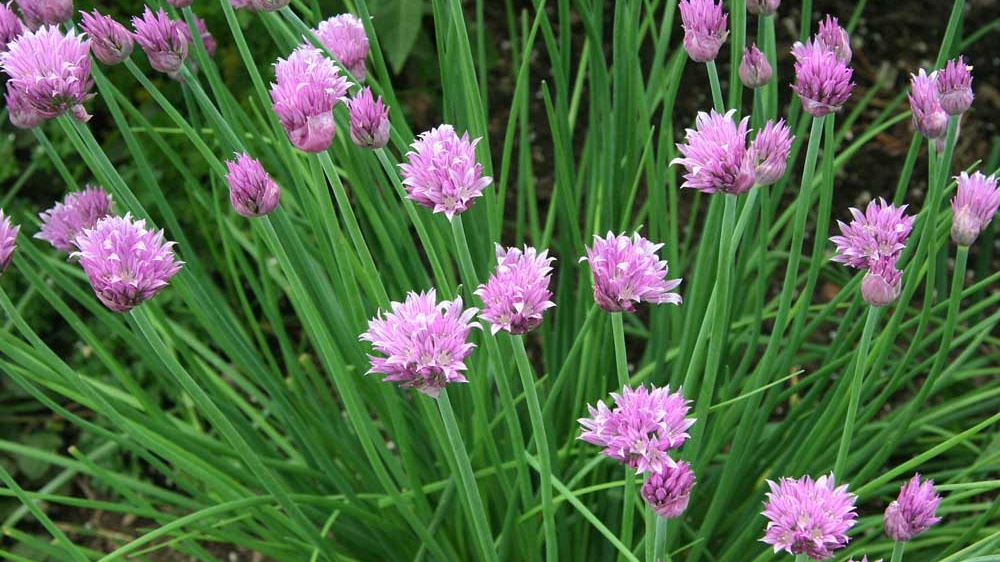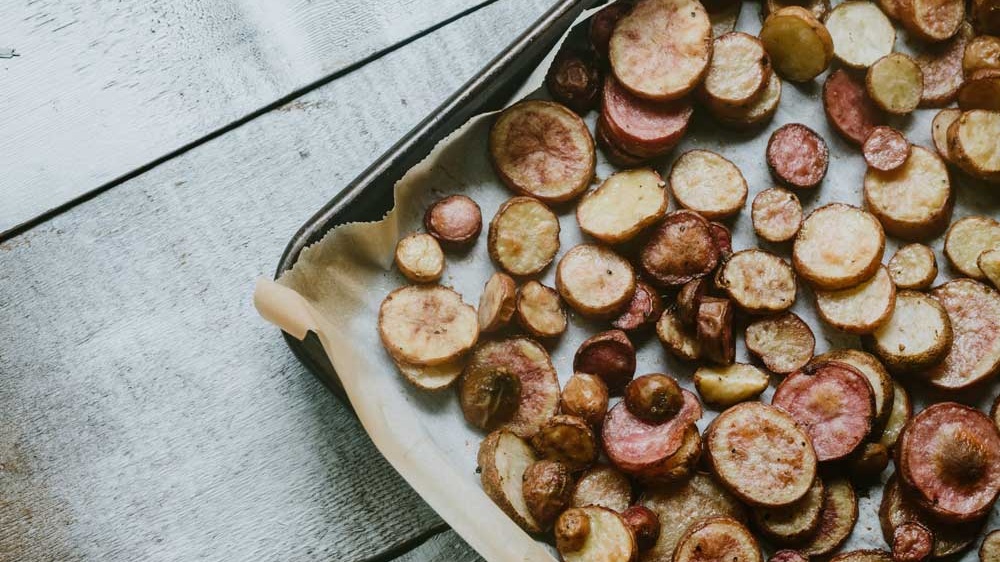
 Add to favorites
Add to favorites
I think you all know I live in Illinois. Specifically, I live in Chicago, but there is a lot of Illinois to the south and even a bit to the north of Chicago.
Today I want to talk about pumpkin production in Illinois. It is October. Pumpkin time.
I pulled a bunch of statistics from an article online that lays out the production of pumpkin in Illinois. I don’t know about you, but I found this fascinating. As a child in Wisconsin, I looked forward every fall to getting in the car with my mom to go pick a couple of pumpkins to carve for Halloween. I had no idea what was going on down a little further south.
An Illinois farm likely grew both your Halloween pumpkin (known in the industry as ornamental) and the prime ingredient in your Thanksgiving pie (called processing pumpkins).
When it comes to pumpkin production, Illinois smashes the competition. Prairie State farmers grow more ornamental and canning-type pumpkins than any other state. In fact, Illinois produced more than twice as many pumpkins as second-ranked to California.
More than 90 percent of the nation’s canning pumpkins grow in Illinois, says Mohammad Babadoost, a plant pathologist and professor at the University of Illinois.
Illinois earns the top rank for several reasons. Pumpkins grow well in its climate and in certain soil types. And in the 1920s, a pumpkin processing industry was established in Illinois. Decades of experience and dedicated research help Illinois maintain its edge in pumpkin production.
Two pumpkin processing facilities exist in Illinois today – Nestle Libby’s in Morton and Seneca Foods in Princeville, both located near Peoria. I’ve never been to the countryside around Peoria. Might have to check that out.
Rows of pumpkins are harvested before being taken to the Nestle/Libby’s plant in Morton, Ill. Morton is known as the Pumpkin Capital of the World.
Farms throughout the state grew more than 278,000 tons last year. That translates to millions of pumpkins.
The Difference Between Pumpkins You Eat and Pumpkins You Carve
- Jack-o’-lantern pumpkins can be eaten. Processing pumpkins can be carved. But for best results, stick to the pumpkin’s intended purpose.
- Ornamental pumpkins possess decorative appeal. They exhibit bright orange, smooth flesh with heavy handles. A few varieties offer uniquely colored flesh or warty texture.
- Processing pumpkins are bred and selected to be canned. They have pale flesh, meatier insides and a more palatable flavor. The production of these pumpkins has increased with the growing public demand for pumpkin-flavored products.
- Pumpkins grown for consumption pack a nutritional punch of antioxidants, fiber and vitamin A. As a result, home cooks use pumpkin to flavor soups, pasta dishes, cookies, breads, pancakes and more. Even some dog foods contain the healthy power of pumpkin.
How Pumpkins Grow:
Pumpkins take about 120 days to grow from planting to harvest. The sprawling plants grow and cover fields with vines up to 30 feet long. The vines contain flowers that bees pollinate to become pumpkins. Disease presents the biggest challenge during the growing season. Warm and moist conditions increase those concerns.
Farmers use machines to harvest processing pumpkins. One farm machine moves the pumpkins into rows, while another elevates them into trucks. Then the crop travels to the facility to be washed, chopped, processed and canned.
In contrast, farmers harvest ornamental pumpkins using good old-fashioned manpower. These decorative gourds must be gathered by hand to avoid bruising and damage.
As part of Plan Z I have all kinds of pumpkin recipes I’ve developed over the years. Pumpkin is one thing I get a hankering for when fall comes. I never was all that crazed about a traditional pumpkin pie. I found them to be dry most times but a good one packs a flavor punch.
This year I can’t wait to make the pumpkin icebox pie. That was my newest recipe last year. The pumpkin muffins are a big hit for breakfast. And the breakout recipe I developed early on in the history of Plan Z was the pumpkin cheesecake. I’m sharing all three with you today.
Enjoy!
Cheers,

Nothing found.
Smash Burgers
ZS-5 Ingredients or Less,ZReboot,Featured Posts,ZSpecialties,Recipes
Smash burgers are all the rage. Step into a brew pub and you’ll likely find a smash burger on the food menu. These are NOT the huge, 8oz burgers we’ve been fed in the past. These are a thinner burger…
Nothing found.
Chives
My chives were the first thing to come up in my herb garden every year. As soon as the snow melted I could see their little heads popping up through the soil. By the time it was warm enough to…
Potatoes and the Glycemic Index
Carbohydrates,Featured Posts,Zola Blog
Enjoy potatoes in moderation and use these hints to make healthier choices.





